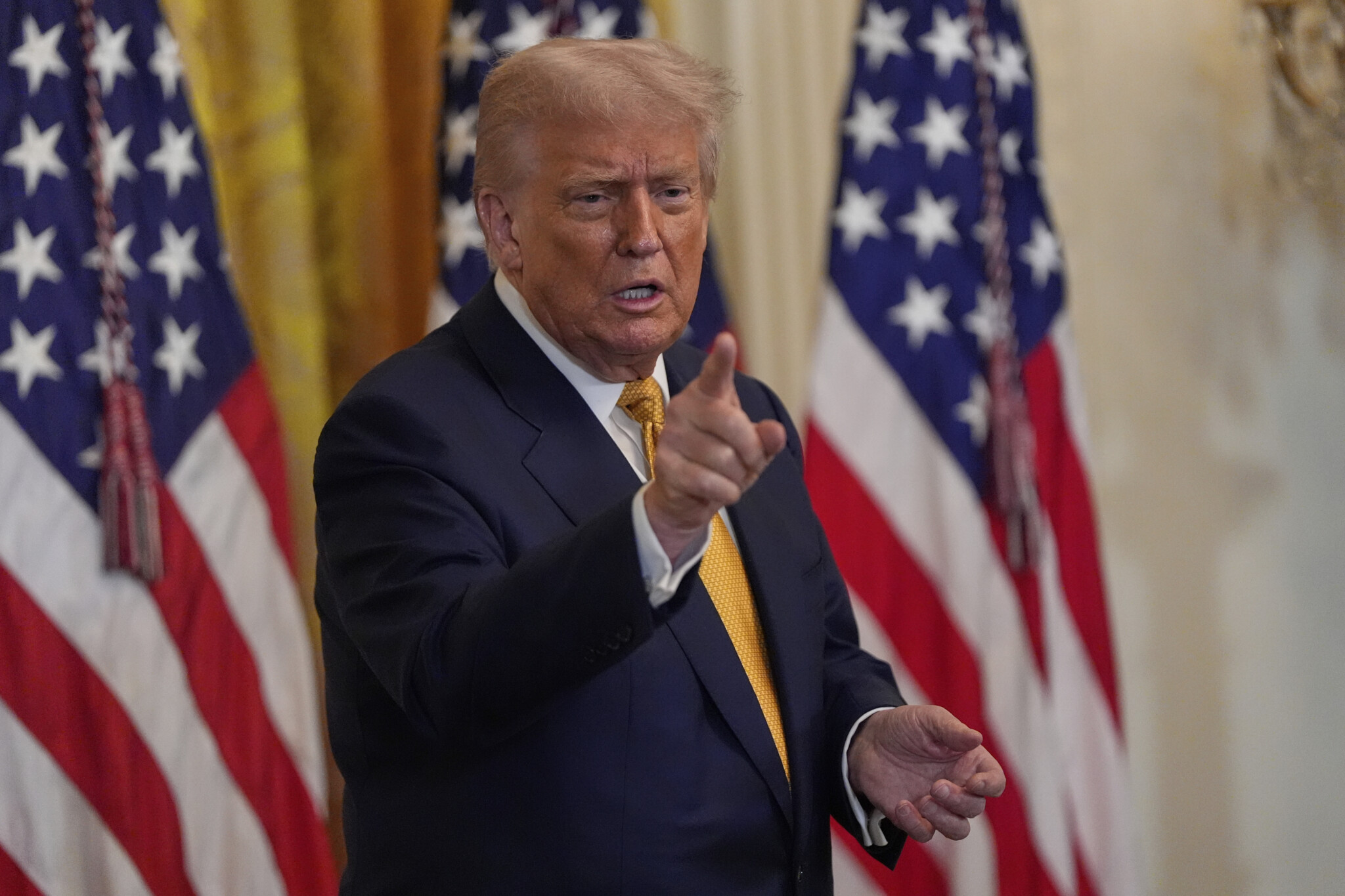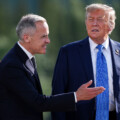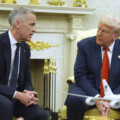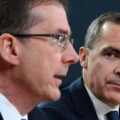The world woke up today to a stark new reality: Donald Trump’s latest round of sweeping tariffs, targeting allies and adversaries alike, has upended decades of trade policy. Canada, though spared the worst of the immediate blows, now faces a precarious future—one where the rules of global trade are being rewritten in real time. The question is no longer whether the old order is dead, but how Canada navigates what comes next.
At first glance, Canada’s position appears less dire than others. The Trump administration’s 35 percent tariffs apply only to goods outside the CUSMA framework. Due to recent compliance efforts, roughly 90 percent of Canadian exports to the U.S. remain protected under the agreement. Compared to countries like Brazil, India, or Switzerland, there’s a perverse silver lining: Canada’s access to the U.S. market is, for now, more secure than most.
But this is cold comfort. The broader trend is unmistakable. Trump’s tariffs must be understood as a rejection of the post-Cold War consensus on free trade. The U.S. is no longer prepared to act as the bulwark for globalization and open economies. It now views tariffs as a tool to assert its economic advantage, finance its large-scale government spending, and reshore manufacturing. As we’ve argued at The Hub, these measures are about more than bilateral irritants. They reflect a deeper shift in America’s economic philosophy.
This point cannot be underscored enough. In hindsight, the Canada-U.S. free trade agreement in 1989 set off a political economy revolution in favour of free trade and globalization. Soon markets rather than government dictated the movement of capital, goods, and people. This era hasn’t been without its problems of course but the Trump administration’s repudiation of it is short-sighted. It underestimates the significant gains–including virtually unprecedented peace and prosperity–that came with a system of global economic cooperation.
With it now firmly over, the real danger for Canada lies in what comes after CUSMA. The agreement’s 2026 renegotiation looms large, and Trump’s vision for North American trade is clear: less “free trade” and more managed exchange. Europe and Japan, despite their geopolitical weight, now operate under flat 15 percent tariffs. Canada, with its deeper economic ties to the U.S., may face even starker terms—a baseline tariff of 15-20 percent, with sector-specific policies, and side deals on critical minerals or other U.S. priorities.
Complicating things even further is the Trump administration’s new 40 percent levy on transshipped goods—products from tariffed countries like China that pass through Canada or Mexico—signals a willingness to police supply chains aggressively. For Canada, this creates a dilemma: how to maintain trade flows without becoming a pawn in America’s broader trade wars.
The Carney government’s early optimism that goodwill and negotiation could restore genuine free trade now seems naïve. Even with CUSMA’s protections, the spectre of future tariffs chills investment. Canada’s economy has already contracted for two consecutive months, and the risk of a recession looms.
Will Canada fight for a better deal, or rush to capitulate? Corporate interests, focused on their bottom lines, may push for short-term concessions. Yet we know from the EU agreement that the U.S. will demand more just liberalizing well-known sectors like supply management and banks, airlines, and telecommunications. We just don’t know what its other demands will be. The Carney government could align with others without bilateral deals with the Trump administration but that pushes us into uncomfortable alliances with countries like China and India.
The path ahead demands clarity and resolve. Trump’s tariffs should jolt Canada out of complacency. Tax reform, regulatory streamlining, and targeted investments in science and technology to boost our own growth prospects are overdue. We need to offset the economic harm caused by tariffs with our own pro-growth agenda. It may require something radical like moving in the Irish direction on corporate income taxes.
Assuming a universal tariff regime, Canada must conduct negotiations with its eyes wide open. Recognizing that “special relationships” no longer exist in Trump’s worldview, we must move forward without being hindered by nostalgia for the past. The moment calls for realism. We must prepare ourselves for a post-globalization world.
By strengthening its own economy and negotiating with a clear understanding of its national interest, Canada can secure a place in this new order—one where it is neither a vassal nor a victim, but a sovereign actor in a fractured economic and geopolitical context.
A final thought: Trump’s tariffs may be the shock Canada needs to confront its own stagnation. The road will be hard, but the alternative—passive decline—is unthinkable.
This commentary draws on a Hub podcast. It was edited using AI. Full program here.









